Test Bank For Anatomy And Physiology From Science to Life, 2nd Edition by Jenkins, Gail
|
1. |
A human cell placed in a 2% NaCl solution (a hypertonic solution) would: |
|
A) |
swell and lyse. |
|
B) |
have a low osmotic pressure compared to the solution. |
|
C) |
maintain its shape. |
|
D) |
maintain a very high hydrostatic pressure. |
|
E) |
exhibit no change. |
|
2. |
A red blood cell placed in distilled (pure) water (which is hypotonic) would: |
|
A) |
Swell and burst |
|
B) |
Shrink |
|
C) |
Swell, then shrink as equilibrium is reached |
|
D) |
Neither shrink nor swell |
|
E) |
Maintain a low hydrostatic pressure. |
|
3. |
A red blood cell placed in a hypotonic solution would: |
|
A) |
Crenate |
|
B) |
Swell, then crenate as equilibrium is reached |
|
C) |
Neither crenate nor swell |
|
D) |
Swell and lyse |
|
E) |
Have a low osmotic pressure compared to the solution. |
|
4. |
Which statement is the most correct regarding the processes of transcription and translation? |
|
A) |
The nucleotide sequence in an mRNA codon is an exact copy of the DNA triplet that coded for it, except that uracil replaces adenine. |
|
B) |
The nucleotide sequence in an mRNA codon is an exact copy of the DNA triplet that coded for it, except that uracil replaces thymine. |
|
C) |
The nucleotide sequence in an rRNA codon is an exact copy of the DNA triplet that coded for it, except that uracil replaces adenine. |
|
D) |
The nucleotide sequence in a tRNA anticodon is an exact copy of the DNA triplet that coded for it, except that uracil replaces adenine. |
|
E) |
The nucleotide sequence in a tRNA anticodon is an exact copy of the DNA triplet that coded for it except that uracil replaces thymine. |
|
5. |
If cells are placed in a hypotonic solution containing a solute to which the membrane is impermeable, what could happen? |
|
A) |
The cells would swell and cell lysis could occur. |
|
B) |
The cells would lose water and crenate. |
|
C) |
The cells would crenate at first, but then reach equilibrium with the surrounding solution. |
|
D) |
The cells would show no change. |
|
E) |
The cells would maintain a low hydrostatic pressure. |
|
6. |
Which of the following cells types would you expect to have an unusually high abundance of free ribosomes? |
|
A) |
Fibroblasts |
|
B) |
Osteoblasts |
|
C) |
Skeletal muscle cells |
|
D) |
Liver cells (which produce many of the proteins found in blood) |
|
E) |
Chondroblasts |
|
7. |
Which of the following is the major positive ion in the extracellular fluid? |
|
A) |
Potassium |
|
B) |
Sodium |
|
C) |
Magnesium |
|
D) |
Chloride |
|
E) |
Hydrogen |
|
8. |
__________ can be thought of as “cell eating” and is practiced frequently by white blood cells, which use it to neutralize bacteria, viruses, and dead or dying cells. |
|
A) |
Pinocytosis |
|
B) |
Exocytosis |
|
C) |
Phagocytosis |
|
D) |
Autolysis |
|
E) |
Hydrolysis |
|
9. |
Which of the following is FALSE regarding the sodium-potassium pump? |
|
A) |
It is a type of primary active transport antiporter. |
|
B) |
It changes conformation after being phosphorylated, and expels sodium from inside the cell. |
|
C) |
It relies on the hydrolysis of ATP in order to function. |
|
D) |
It imports three K for every 2 Na it exports from the cell. |
|
E) |
It releases its phosphate group after it binds to extracellular K . |
|
10. |
During __________ the chromosomal centromeres split and the chromosomes migrate to opposite ends of the cell. |
|
A) |
Metaphase |
|
B) |
Anaphase |
|
C) |
Telophase |
|
D) |
Prophase |
|
E) |
S phase |


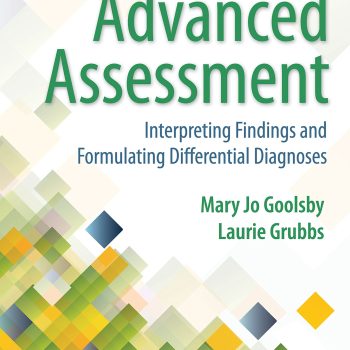
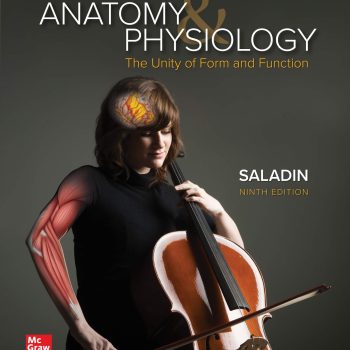
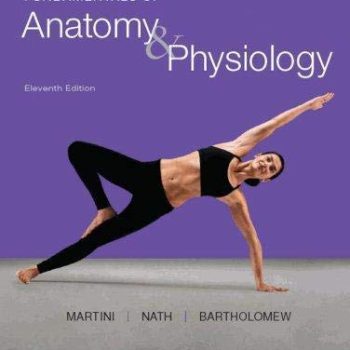

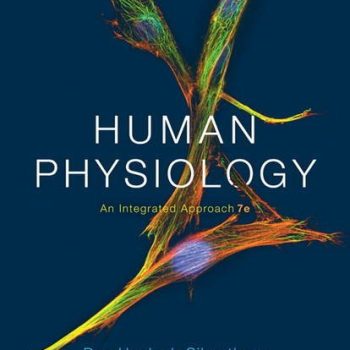
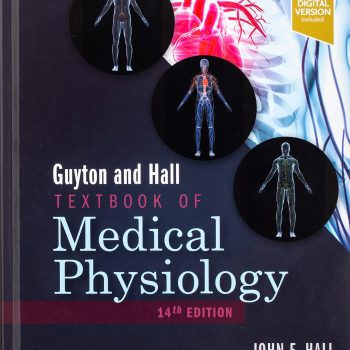
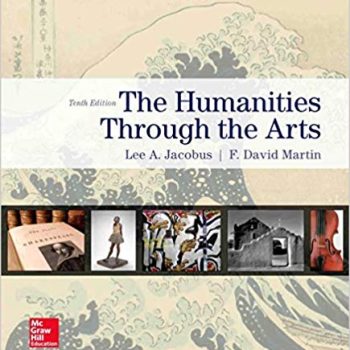
Reviews
There are no reviews yet.